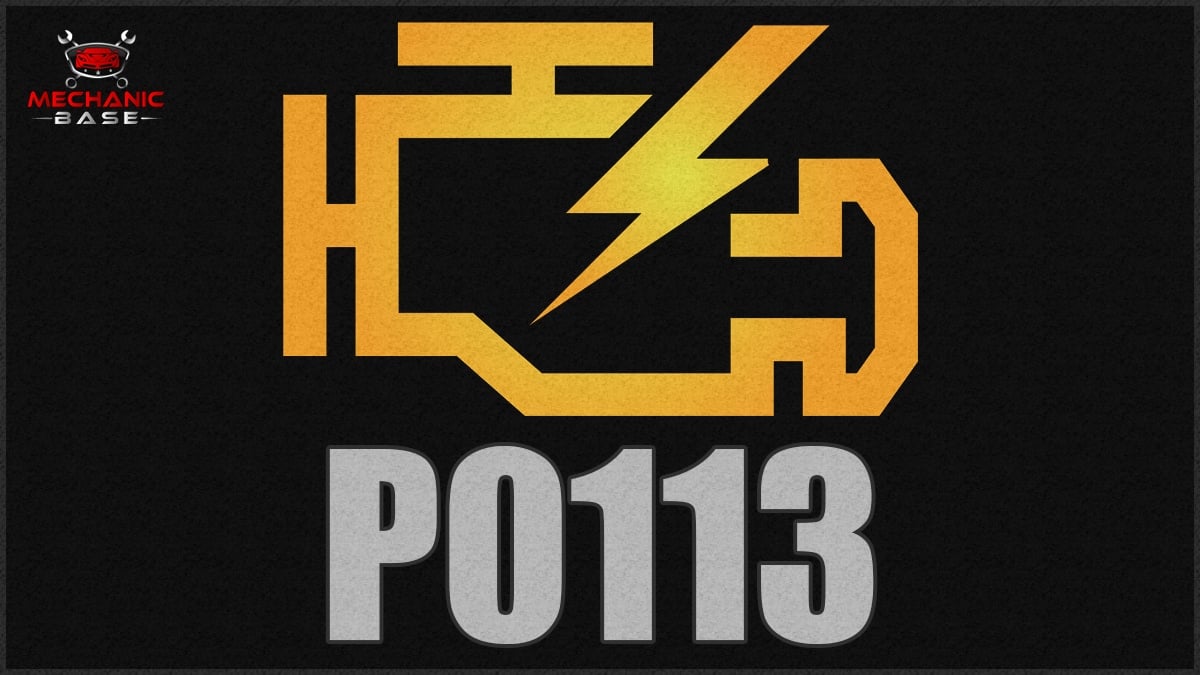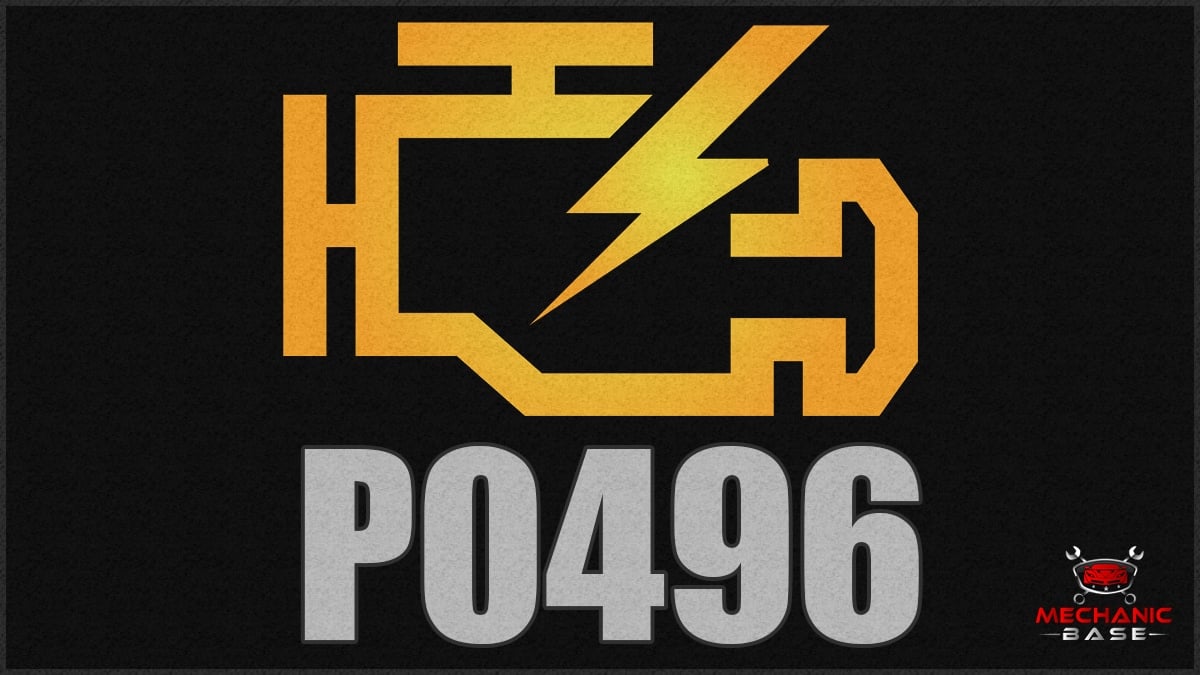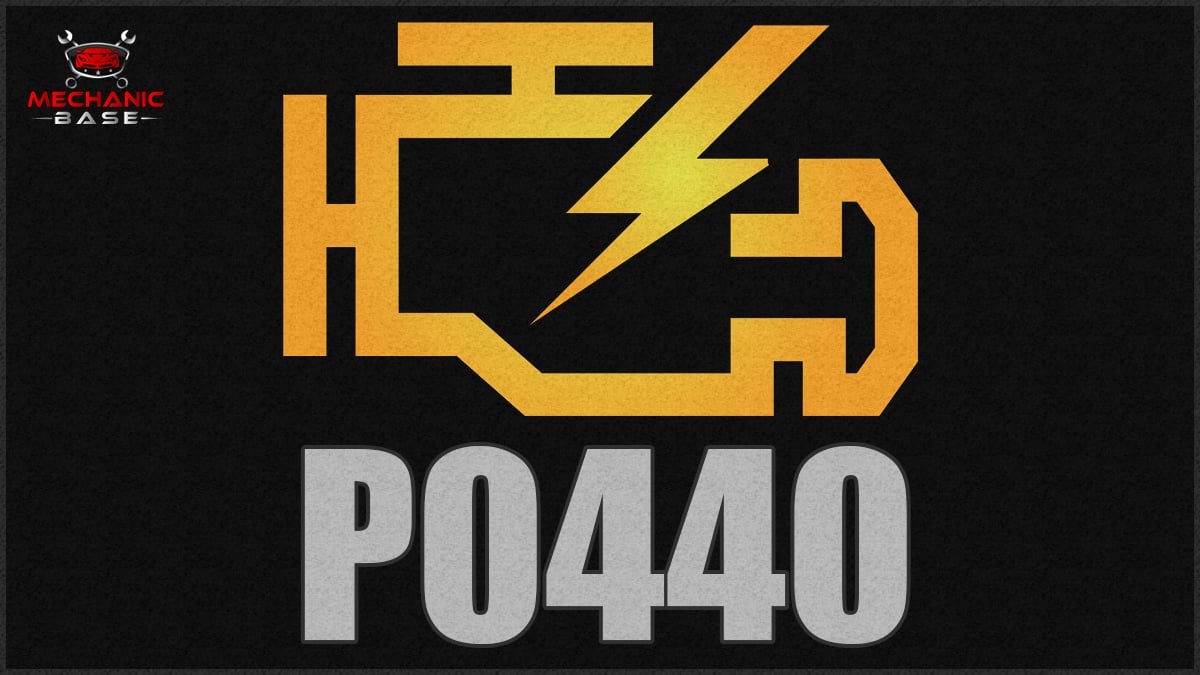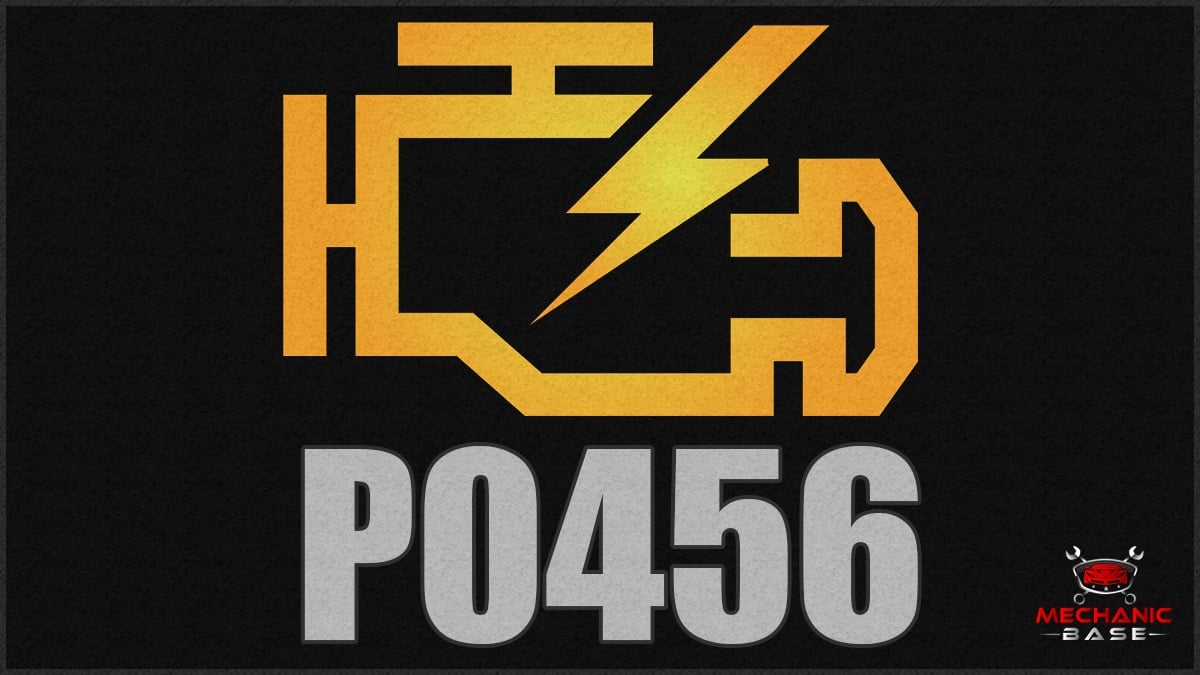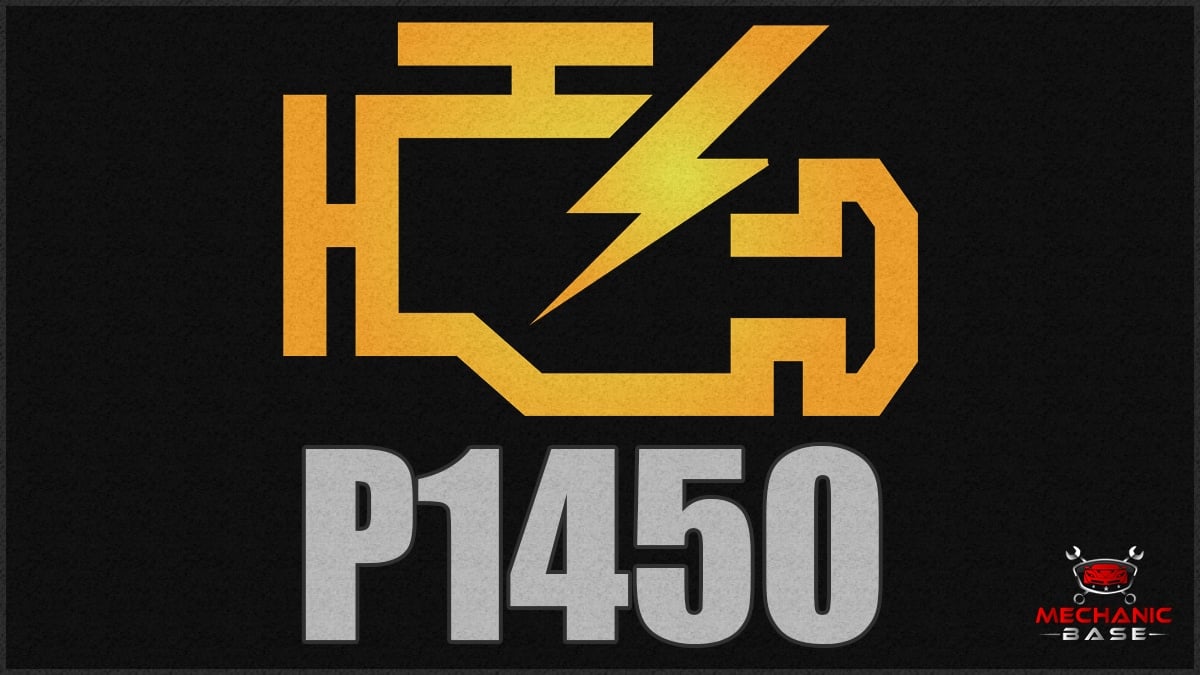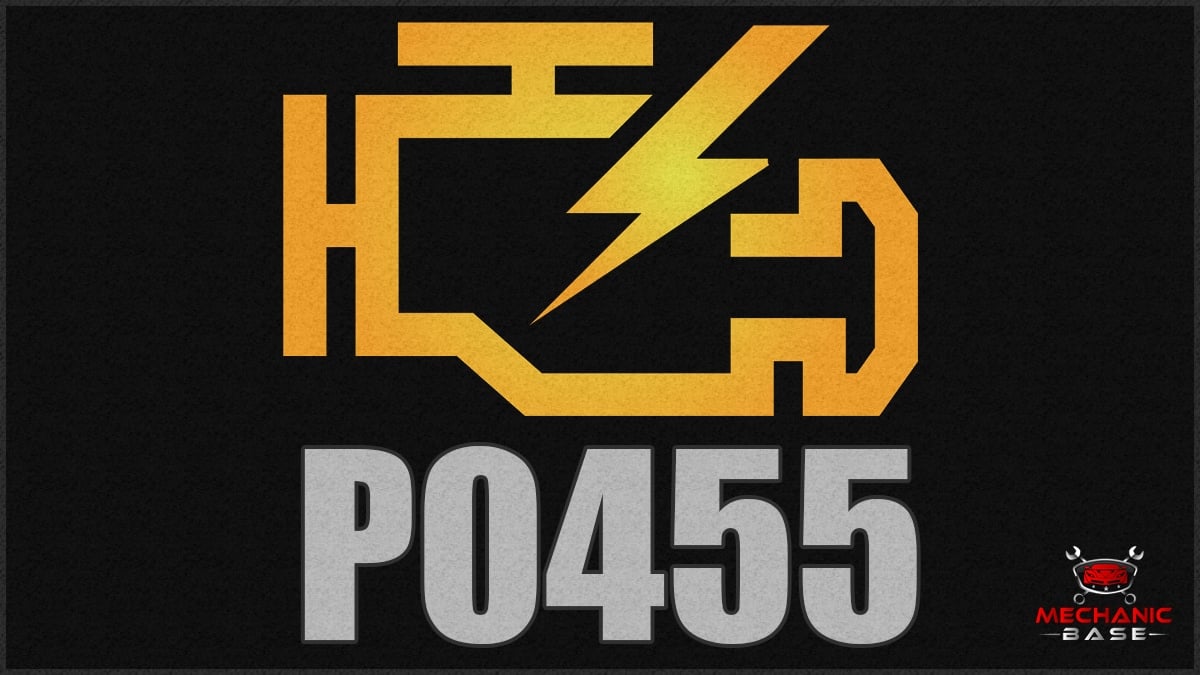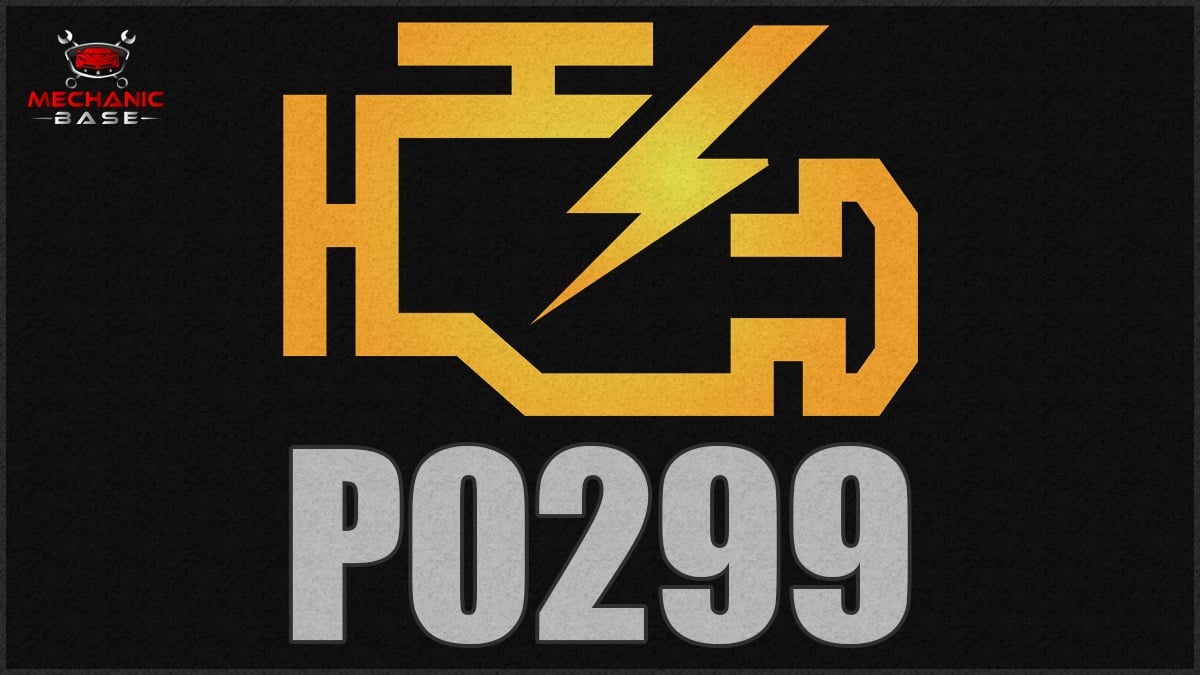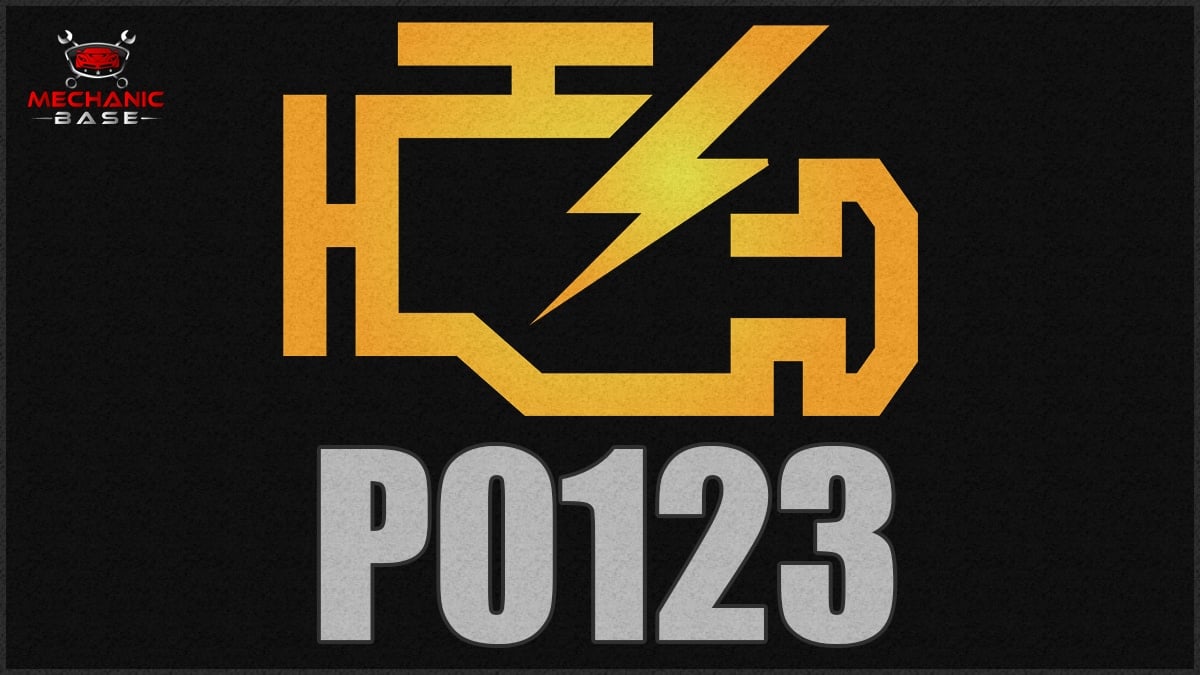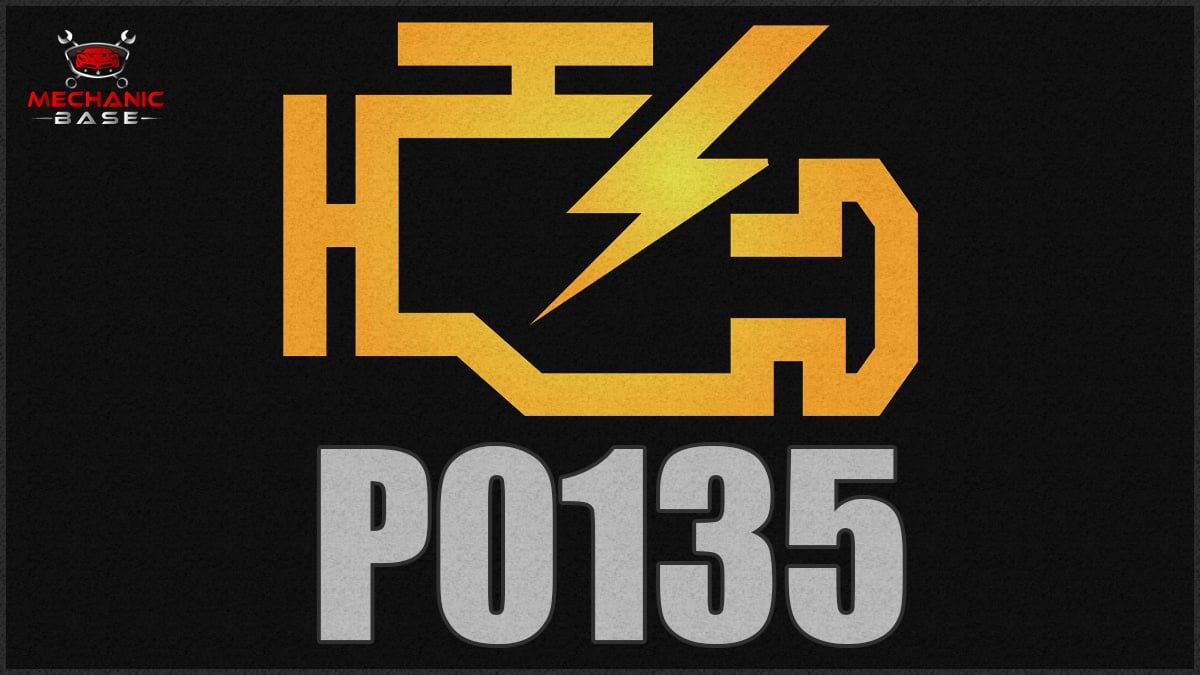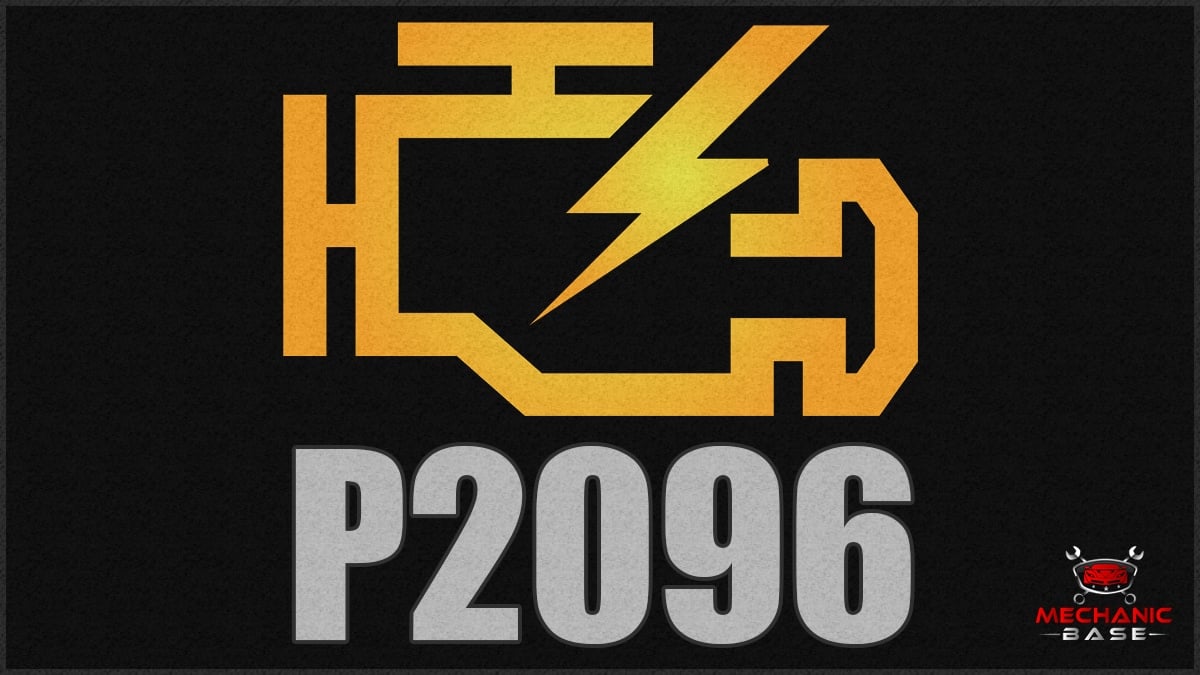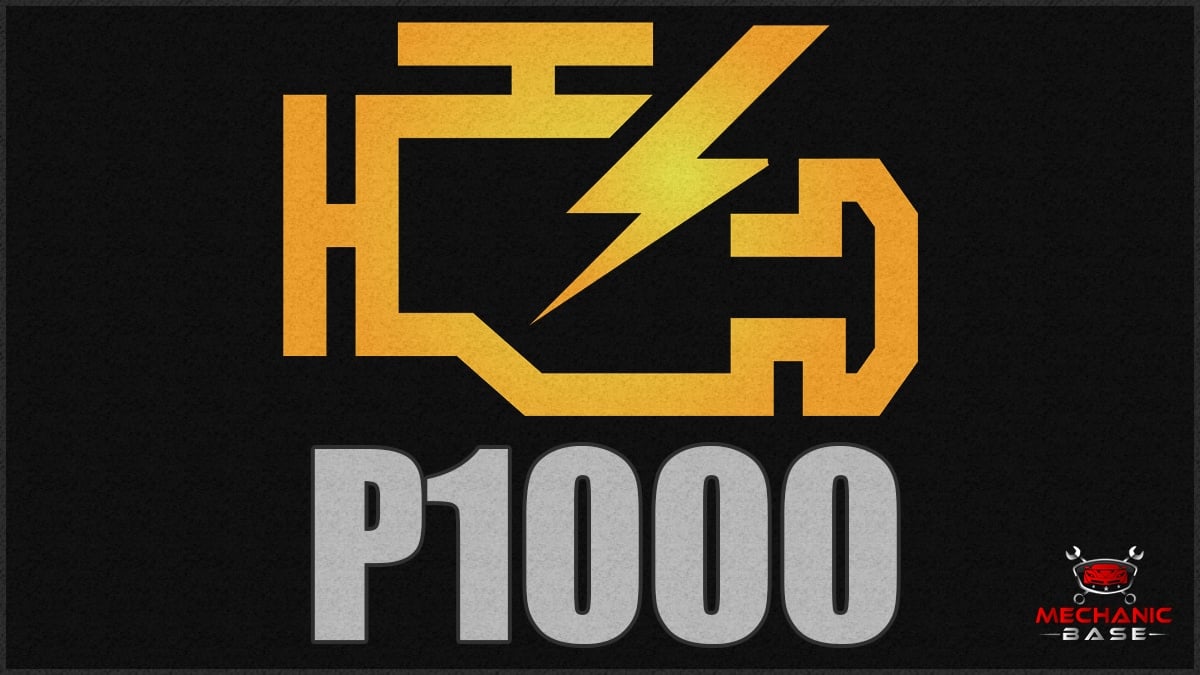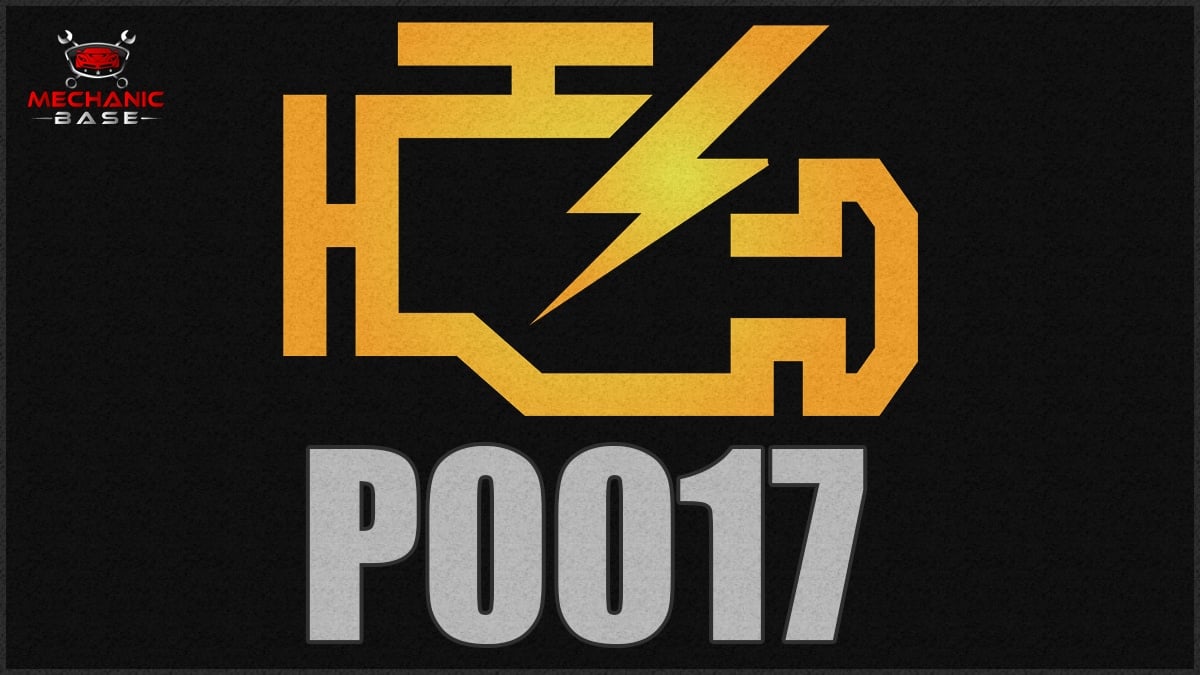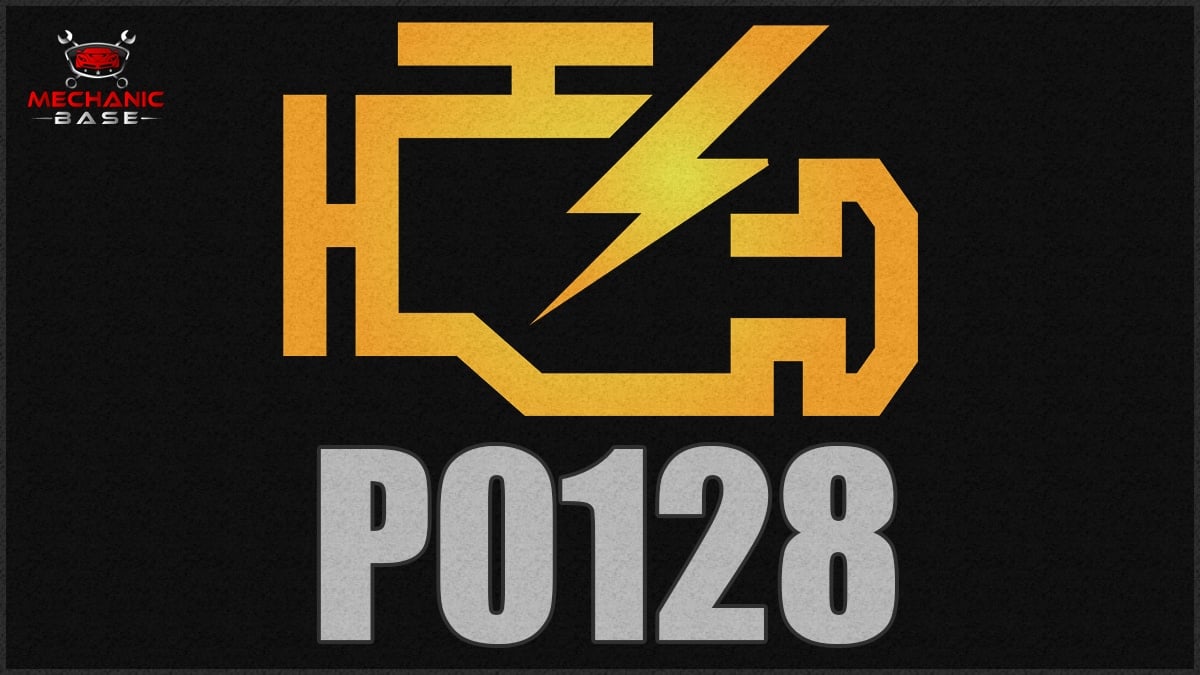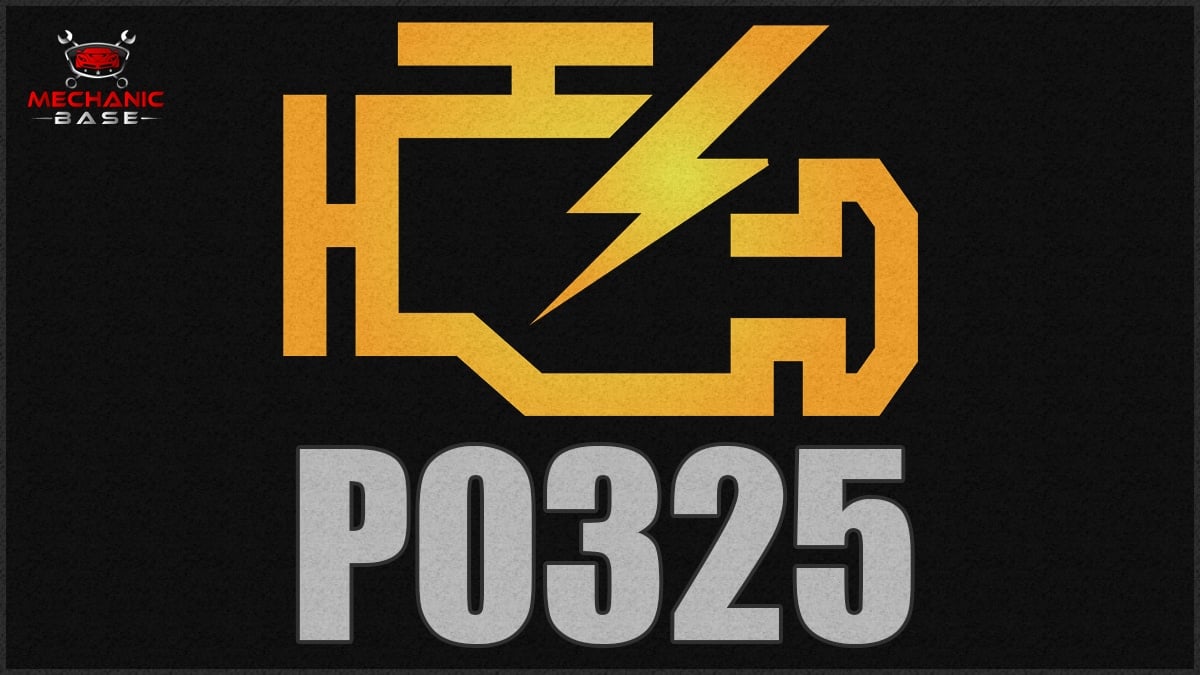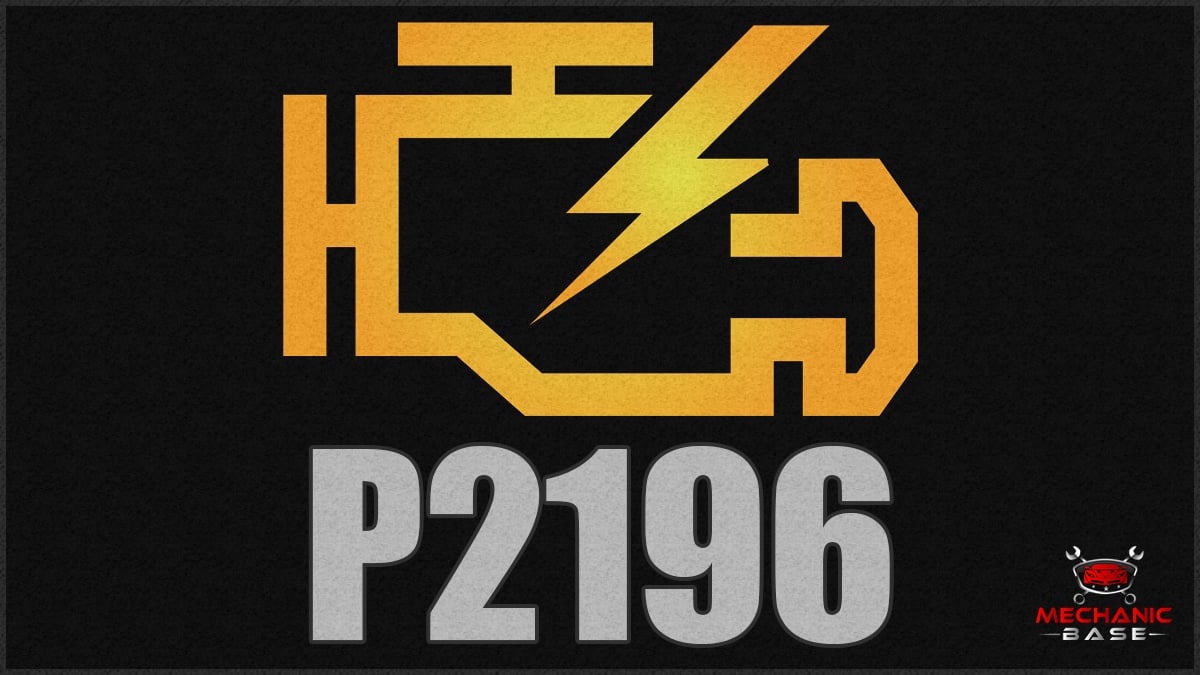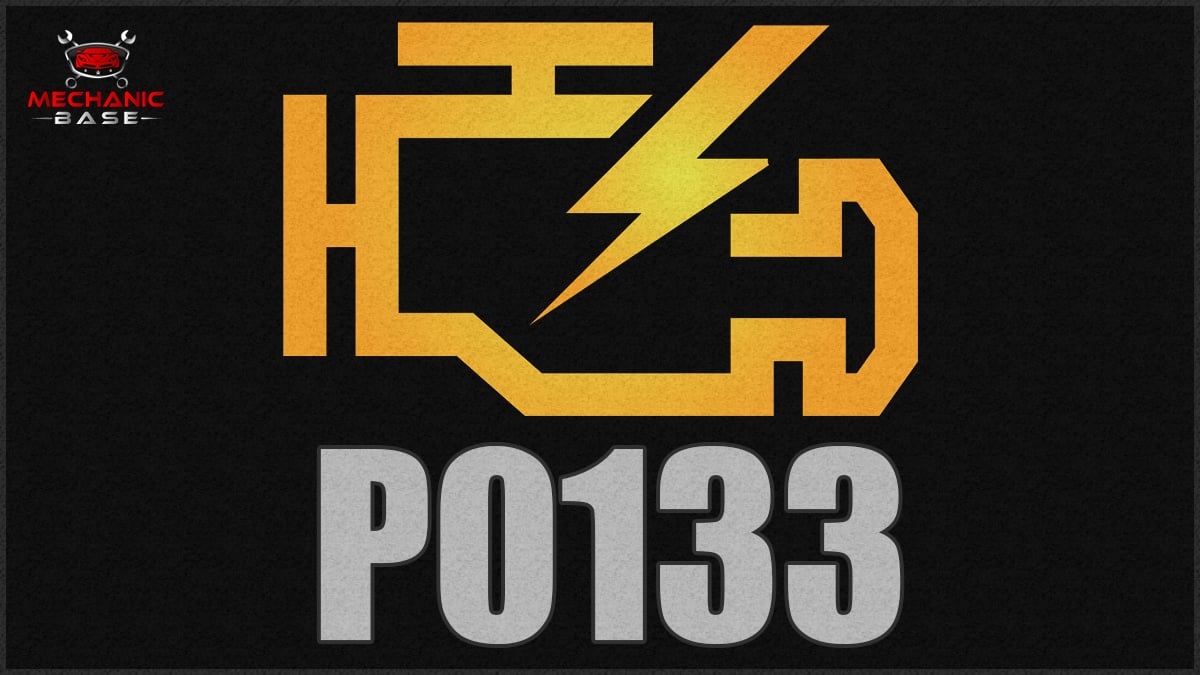Your Check Engine Light comes on and you see the P0113 code with your compatible scanner. Your immediate thoughts lead you to wonder what is causing the problem and how to fix it.
In this guide, we cover the meaning of the P0113 DTC and show you its most common symptoms. We also reveal the causes of the P0113 trouble code, discuss how to troubleshoot the issue and give you a few repair ideas. At the end, you’ll find answers to your top questions about this code and the Intake Air Temperature (IAT) sensor.
Code P0113 Definition
P0113 – Intake Air Temperature Sensor 1 Circuit High Input
What Does the P0113 Code Mean?
P0113 is a generic diagnostic trouble code that applies to all OBD-II-equipped vehicles. It indicates a signal coming from the Intake Air Temperature (IAT) sensor that is higher than the manufacturer’s specifications. The IAT sensor is a thermistor with various readings based on air temperature.
The powertrain control module (PCM) is responsible for monitoring the reading of the air temperature entering the intake. The PCM looks for the 5-volt reading from the IAT sensor. If it comes back higher than that, the P0113 trouble code gets set in the computer.
The PCM uses this measurement to adjust the fuel-air ratio. Therefore, it’s important that the IAT sensor sends back an appropriate signal.
What Are The Symptoms Of P0113?
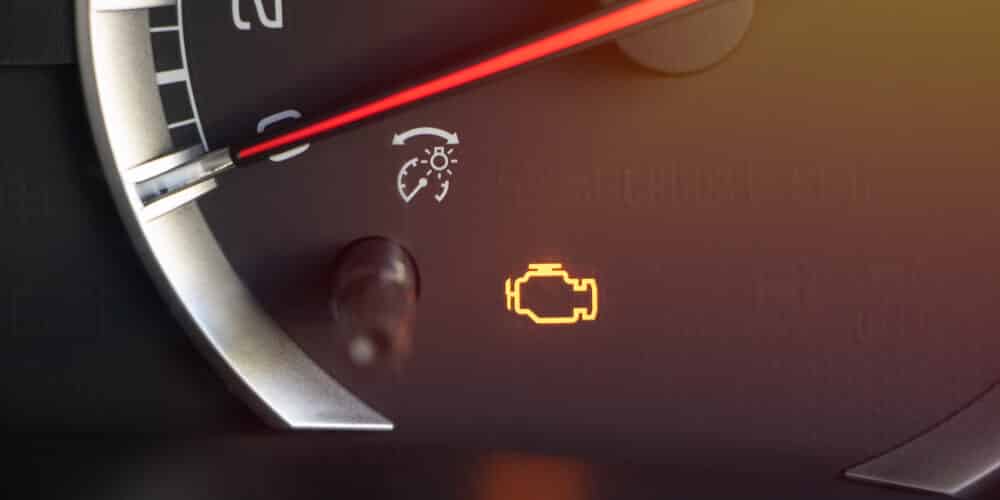
It’s probable that you won’t notice any symptoms of the P0113 trouble code except for seeing the Check Engine Light. Other symptoms only tend to occur if the ambient temperatures drop below normal. Here are some possibilities.
- Check Engine Light
- Difficulty starting the engine in cold weather
- Strange gas smell, especially when starting the engine in cold weather
What Are The Causes of P0113?
The P0113 has to do with the Intake Air Temperature (IAT) sensor, so it’s normal to assume that part needs to be replaced, but there are several other possible causes. Here are the most common.
- Defective IAT sensor
- Bad connection to IAT sensor (due to damaged wiring or corrosion)
- Faulty mass air flow sensor (when it is integrated with the IAT)
- Malfunctioning PCM – less likely
How Serious is the P0113 Code?
Medium – The P0113 trouble code doesn’t commonly cause issues beyond an illuminated Check Engine Light. Because of this, you may not feel that it’s necessary to have the problem repaired.
Yet, continuing to drive isn’t usually a good idea. The engine isn’t running with an optimal air-fuel ratio with this fault. Left unchecked, the imbalance can cause further damage. On top of that, once the Check Engine Light is illuminated, you have no further way of telling if something else goes wrong.
How Do I Fix the P0113 Code?
The only way to know the appropriate fix for the P0113 code is to walk through the diagnostic steps listed below. Once you do that, you may find that one of these fixes will resolve the issue.
- Replace IAT sensor
- Repair damaged wiring or connection
- Replace the mass air flow sensor (if it’s integrated with the IAT)
- Update/replace PCM
Common P0113 Diagnosis Mistakes
The most common mistake when dealing with the P0113 trouble code is replacing the IAT sensor 1 without running through the diagnostics. If you do this, you may waste your time only to find out that the Check Engine Light doesn’t turn off.
For example, if the wiring is damaged, a new IAT sensor isn’t going to resolve the issue. Instead of spending more than necessary, run through all of the steps to figure out what’s wrong before replacing parts.
How to Diagnose the P0113 Trouble Code?
The best tool to have on hand when troubleshooting the P0113 code is your factory service manual. You can find step-by-step instructions for your vehicle in this guide. Otherwise, you could use our generic suggestions to get started.
- Read all present trouble codes. There could be more than one DTC present, allowing you to see a clearer picture of what’s happening. Use our online trouble code library for your research.
- Inspect the wiring to and from the IAT sensor. If there are any loose wires or corroded connections, you want to deal with these issues first.
- If you have an advanced scan tool, you may be able to test the IAT sensor without removing it.
- If you don’t have an advanced scan tool, you can use a digital multimeter to measure the resistance of the IAT sensor. Take the IAT off and apply heat to the sensor’s tip. The resistance should drop. If you don’t notice any change, you should consider replacing the IAT.
If you can’t figure out the problem with these steps or you need help with a repair, visit your local auto repair shop. For example, you may need a local mechanic or dealership to help you with updating or replacing the PCM.
How Much Does It Cost To Fix Code P0113?
Working through the diagnostic steps should help you determine what to fix. With that information, you also want to know what you are going to spend. Below, we’ve listed the top fixes and an approximate cost. However, these estimates vary based on the type of car you drive and the average cost of labor in your region.
- Replace IAT sensor: $75 to $175
- Repair damaged wiring or bad connection: $50 to $550
- Replace mass air flow sensor (if integrated with the IAT): $75 to $325
- Update/replace PCM: $250 to $2,500
If you can perform the repairs yourself, the prices may be even lower. You only have to pay the price for the parts.
A Mechanic’s Tips About The P0113 Code
Multiple trouble codes can be set when there’s a problem with IAT sensors. It’s possible to see some of these codes in your scanner when dealing with an IAT sensor problem.
- P0095 – Intake Air Temperature Sensor 2 Circuit Bank 1
- P0096 – Intake Air Temperature Sensor 2 Circuit Range/Performance Bank 1
- P0097 – Intake Air Temperature Sensor 2 Circuit Low Bank 1
- P0098 – Intake Air Temperature Sensor 2 Circuit High Bank 1
- P0099 – Intake Air Temperature Sensor 2 Circuit Intermittent/Erratic Bank 1
- P009A – Intake Air Temperature/Ambient Air Temperature Correlation
- P0110 – Intake Air Temperature Sensor 1 Circuit Bank 1
- P0111 – Intake Air Temperature Sensor 1 Circuit Range/Performance Bank 1
- P0112 – Intake Air Temperature Sensor 1 Circuit Low Bank 1
- P0113 – Intake Air Temperature Sensor 1 Circuit High Bank 1
- P0114 – Intake Air Temperature Sensor 1 Circuit Intermittent Bank 1
Some of these codes are so closely related that it’s difficult to tell the difference between them. For example, P0114 can indicate an intermittent IAT sensor signal. In comparison, the P0098 code has the same meaning as P0013, but it’s for sensor 2 instead of 1.
Is code P0113 serious?
Not normally. It’s unlikely that you’ll even experience any symptoms of the fault other than to see the Check Engine Light. Still, you should never ignore an issue because it could lead to trouble down the road and it prevents you from knowing when new problems arise.
Can I drive with a P0113 code?
If there are no drivability issues, you should have no trouble continuing to use the vehicle. You may not even notice that something is wrong with the car. Yet, this doesn’t give you a reason to ignore the problem. You want to have the Check Engine Light turned off, which can only happen after the repair.
What does the code P0113 mean?
The P0113 DTC means that there’s an issue with the intake air temperature (IAT) sensor. It shows that the voltage is higher than expected, thereby giving the PCM an incorrect measurement. This problem could be related to damaged wiring, a poor connection or a bad IAT sensor.
What causes P0113 no start?
In cold weather, the P0113 trouble code can lead to trouble starting the vehicle. Because the PCM isn’t getting adequate information, the air-fuel ratio can’t be adequately adjusted. Without the correct intake parameters, the engine may be prevented from starting, leaving you stranded.
You don’t need to panic when you see the P0113 code on your scanner. In many cases, it’s not a big deal to resolve, especially if you can do the troubleshooting and repairs on your own. The majority of the time, you are looking at an issue with the intake air temperature (IAT) sensor itself, which isn’t normally a big deal to swap out. But there’s also the chance that an electrical system issue is to blame instead.
If you aren’t accustomed to working on these systems, you should contact a professional mechanic. It shouldn’t take them more than an hour to figure out what’s wrong and the small amount you may pay for labor may be worth the time you’ve saved. If you need recommendations for a new mechanic, talk to your loved ones to see who they use.
Categories: OBD Codes
